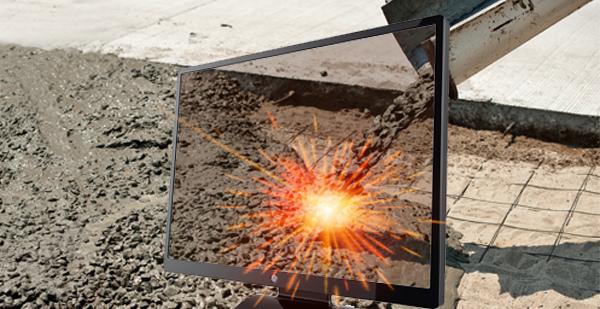Scientists at the Argonne National Laboratory developed a method to alter cement into metal which can be used as an electrical conductor.
The transformation of this new glass-metal cement has some advantages. It is stronger than traditional glass and has greater corrosion resistance than traditional metals.
Chris Benmore is one of the physicists who is leading the team of scientists at the Argonne National Laboratory. He is also leading research with Shinji Kohara from the Japan Synchrotron Radiation Research Institute/SPring-8, as well as with scientists from Germany and Finland.
“This new material has lots of applications, including as thin-film resistors used in liquid-crystal displays. Basically, the flat panel computer monitor that you are probably reading this from at the moment,” said Benmore, in a statement published by the Argonne National Laboratory on May 27.
The process, known as electron trapping, can turn many solid insulating materials into semiconductors.
Scientists trap the free electrons inside the glass-metal cement to create a roadway for conducting electricity. By melting the cement using a laser beam generating temperatures of 3632 degrees Fahrenheit, and an aerodynamic levitator to isolate the hot liquid from touching container surfaces, the electrons get trapped in the crystals as the liquid cools into a glassy state.
Benmore said, “Now that we know the conditions needed to create trapped electrons in materials, we can develop and test other materials to find out if we can make them conduct electricity in this way.”
It’s possible we will see other solid insulators conducting electricity and transforming energy in the same way.





Friends Read Free